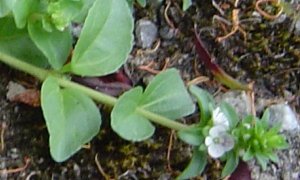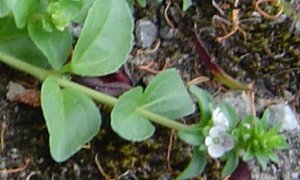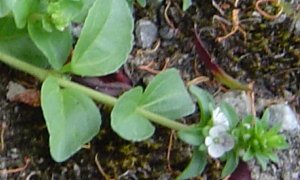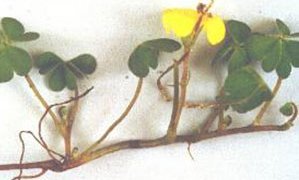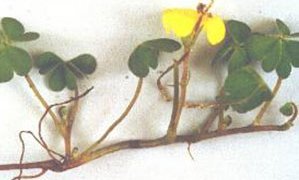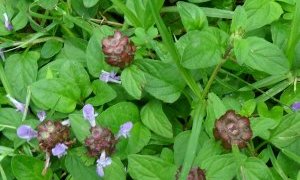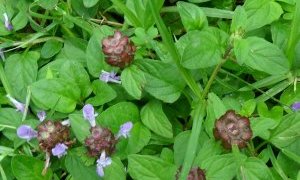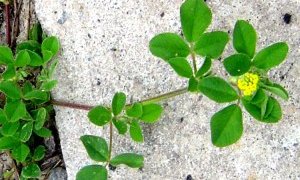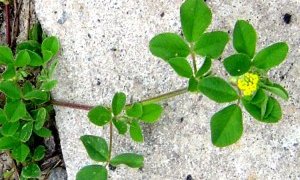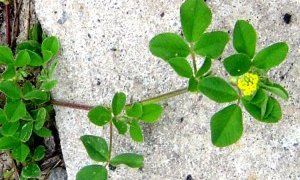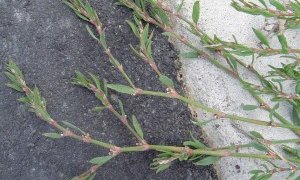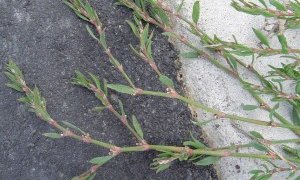Botanical name: Mentha pulegium
Family name: Lamiaceae
Overview

Pennyroyal.
Pennyroyal is mainly a weed of moist pastures and turf. Although it can tolerate some summer dryness, it generally only dominates pastures and lawns in areas with reliable rainfall for much of the year or where the soil is poorly drained. Ironically though, it is often not noticed until summer when conditions can be quite dry as this is when it flowers most prolifically, making it very noticeable.
The other noticeable thing about pennyroyal is the strong smell of mint given off from the foliage when it is crushed or cut. This is hardly surprising since it belongs to the same genus (Mentha) as the cultivated mint species.
Some people grow pennyroyal in their lawns intentionally to obtain this "aroma" when mowing their lawns. However, this mat-forming species is normally not wanted in turf.
Likewise, in pastures, livestock are not keen to eat it, so it can begin to dominate the pasture if soil conditions are moist enough to allow it to do so. If lactating cows do eat this weed, milk tainting can occur.
Distinguishing features
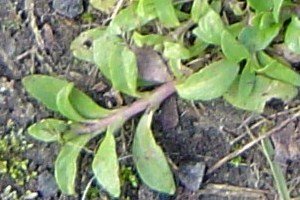
Pennyroyal leaves.
Pennyroyal is a perennial weed with a stolon system. Therefore it has creeping stems with roots along them to hold it tightly to the ground, apart from the ends of flowering stems which are often more upright. It forms dense mats of vegetation within pastures and lawns.
The strong mint smell given off when the foliage is crushed is the best identifying feature of this weed. When it is flowering, the flowers are also quite distinctive, with purplish-blue flowers clustered around the base of leaves.
When it is vegetative, it looks very much like turf speedwell, which grows in similar habitats. I have found the best way to tell the two apart is to crush the leaves, and if it has a mint smell, then it is pennyroyal.
It is also occasionally confused with selfheal, but this has flowers at the ends of the stems which are a different colour of blue, whereas pennyroyal tends to have flowers clustered in the axils of leaves and the flowers are more mauve in colour.
Control

Pennyroyal in flower.
In pastures, we have found 2,4-D to be more effective than MCPA. However, this should be applied during spring or autumn when the weed is actively growing, not in summer when it is very visible due to the flowering but not necessarily growing very actively.
In the turf situation, it is best to add something extra to 2,4-D or MCPA to improve control of the weed. For example, adding dicamba to either of these herbicides will improve control, but this isn’t possible in pastures as it will cause too much clover damage.
Similar species
Hydrocotyle
The hydrocotyle genus has 15 species with similar biology and control that are difficult to differentiate.
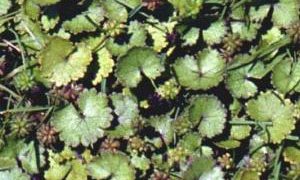
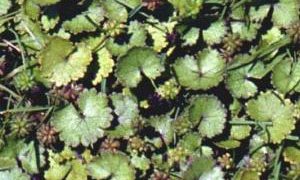
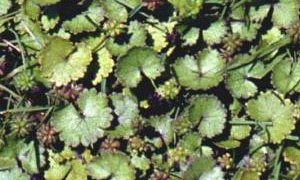
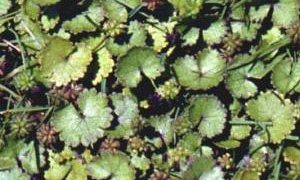
Turf speedwell
Turf speedwell is a small perennial weed that grows along the ground and produces white flowers.
